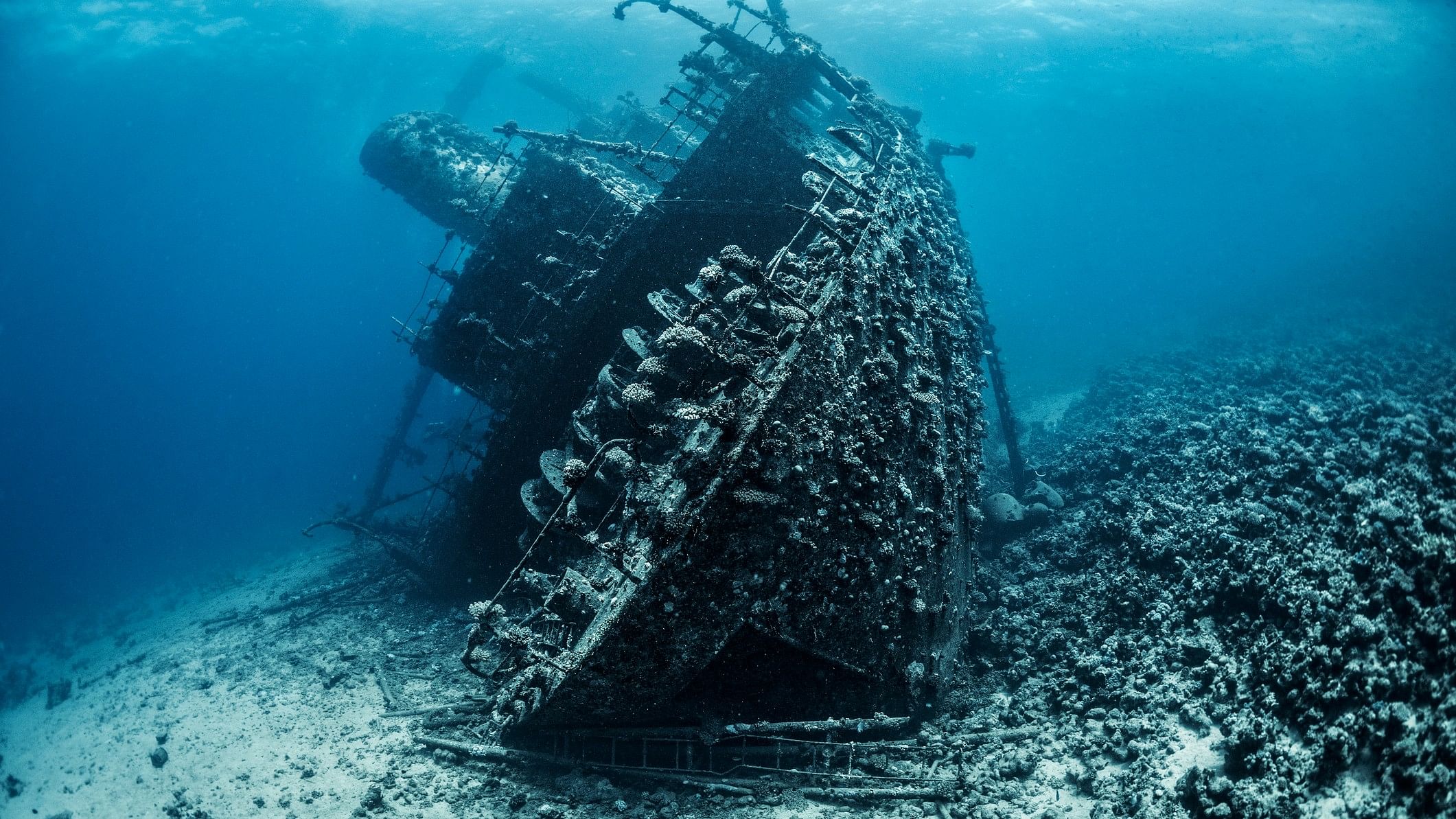
Representative Image of a sunk ship.
Credit: iStock Photo
On the morning of May 11, 1881, Capt. John Higgins and his eight-man crew scurried onto a lifeboat and caught a final glimpse of their schooner, Trinidad, as it disappeared into the icy waters of Lake Michigan.
After 142 years, its wreckage has finally been discovered.
In July, shipwreck hunters Brendon Baillod and Robert Jaeck found the impressively intact wreckage of Trinidad lying underneath roughly 300 feet of water, about 10 miles off the shoreline of Algoma, Wisconsin. That concluded a two-year search for the little-known vessel that Baillod said was “little more than a floating coffin” at the time of its final voyage.
Trinidad was built at Grand Island, New York, in 1867 and was used as a cargo ship in the lucrative grain trade between Milwaukee, Chicago and Oswego, New York, according to a news release.
“A lot of these schooners were built for one thing,” Baillod said in a phone interview Friday evening. “And that was to make millionaires.”
The 140-foot Trinidad was described in a newspaper article of the time as “one of the finest schooners” ever seen, Baillod added, but it had one problem.
Insurance records show that the ship was poorly maintained by its owners, he said.
Trinidad was plagued by constant leaks. In late 1880, Higgins docked the boat at Port Huron, Michigan, in the middle of a voyage because he did not trust it to withstand the November gales on the Great Lakes, Baillod said.
Higgins waited until spring to resume the ill-fated voyage. Trinidad began to take on water the morning it sank. The ship’s water pumps were overmatched, and Higgins and the crew decided to abandon it.
The men rowed for hours on a lifeboat through shivering-cold waters to reach the shore at Algoma. They were battered and stricken with hypothermia, but they survived.
Baillod said he hoped to have the wreck added to the National Register of Historic Places next year and planned to release the exact location of the site.
“These are resources that are held in public stewardship, owned by the public,” he said. “They should be visible by the public.”